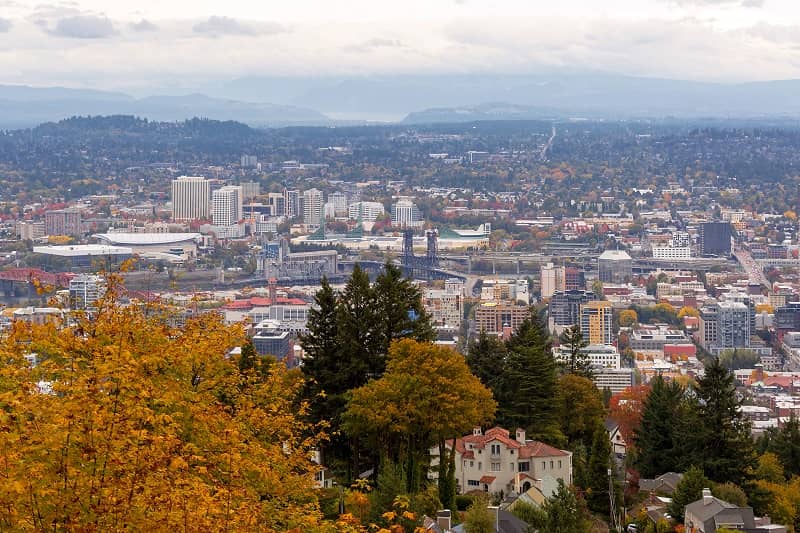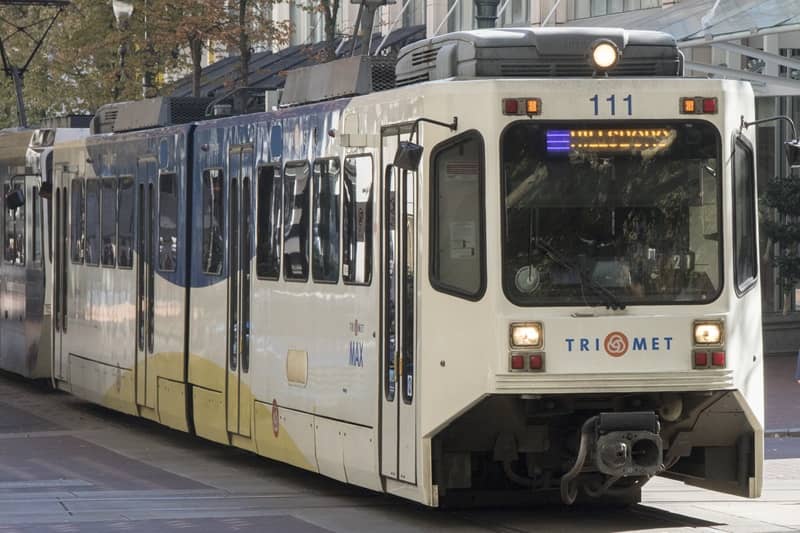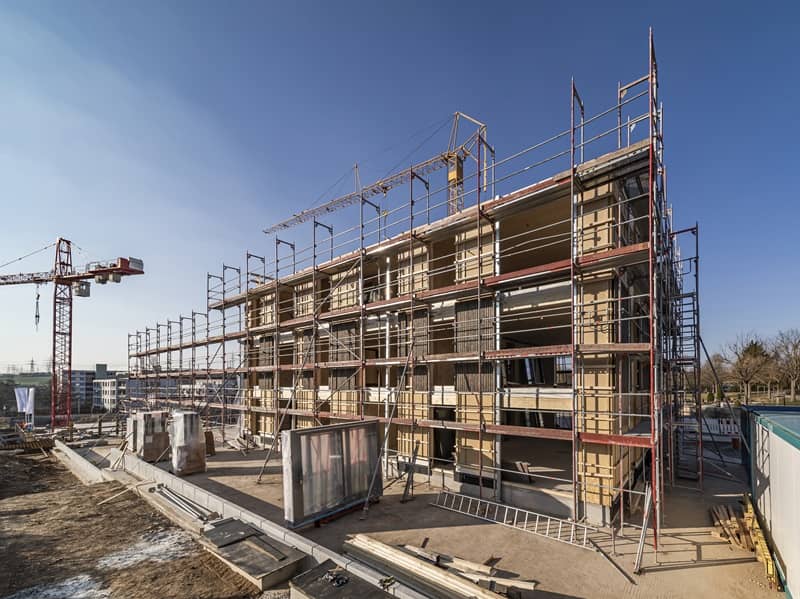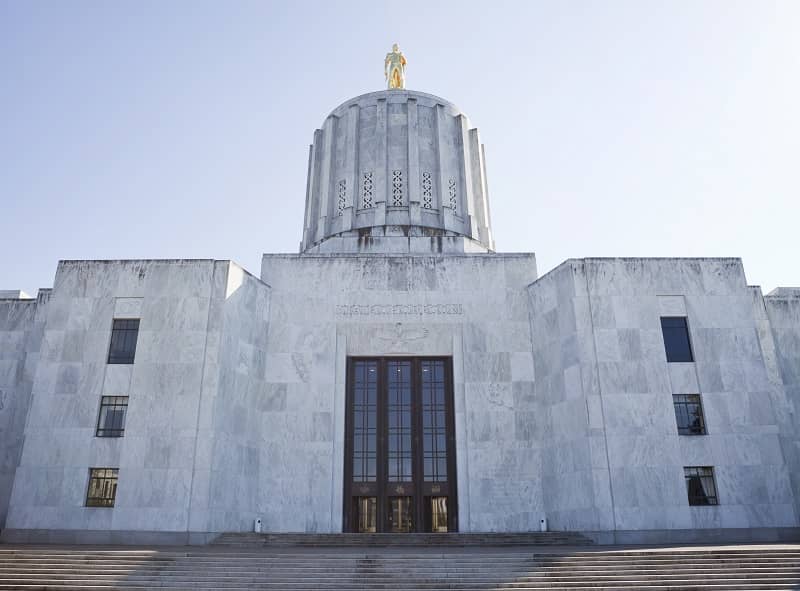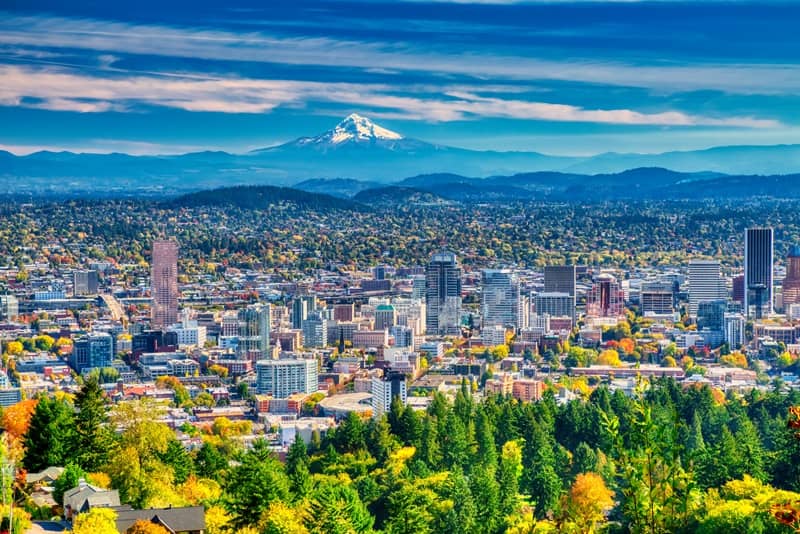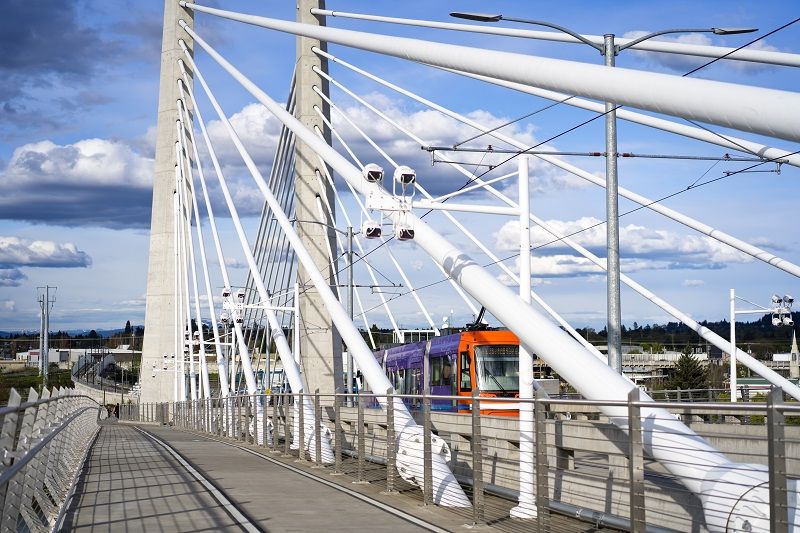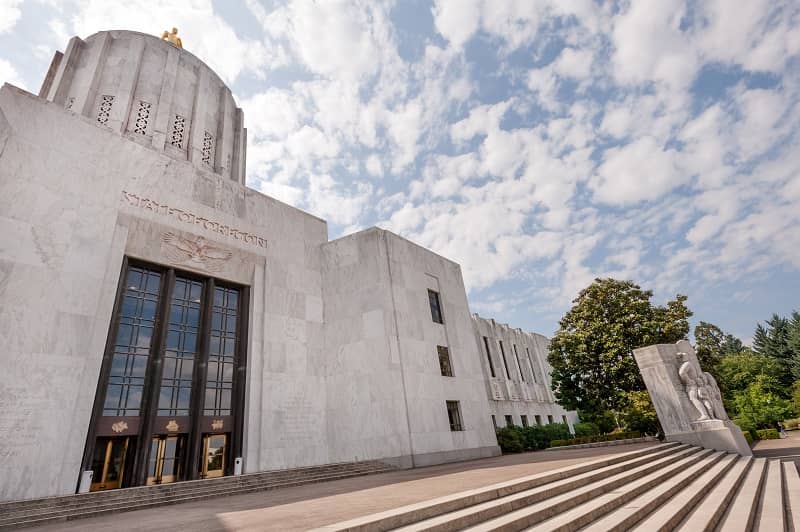Listen to this testimony at 1:00:00-1:03:45 on this audio file.
Mr. Chairman and members of the committee, the assumption with HJM 11 is that we can get something for nothing through the hoped-for carbon sequestration on federal lands, as part of a national carbon rationing program. Advocates hope that the creation of a new type of asset called carbon sequestration offsets, formed literally out of thin air, will help lock up more federal lands into non-harvest regimes.
But this just encourages continued mismanagement of federal lands. Real carbon sequestration will come through active management and increased timber harvest, which utilizes real assets, creates real, sustainable jobs, and generates real income.
The Federal government owns 57% of Oregon forestland, but contributes only 7% of the yearly timber harvest; versus privately owned forests which constitute 37% of Oregon timberland and 85% of the yearly timber harvest.
According to ED Hovee and Co in a 2005 study, on federally-owned western Oregon timberlands during the years 1993-2004, only 4% of gross tree growth was harvested, 70% was left standing, and 26% was lost to mortality.
On private timberlands in Western Oregon, 16% of growth was left standing, 81% was harvested, and only 2% was lost to mortality.
With absentee management, our federal lands have become overstocked, infested with insects, and prone to catastrophic fires, which are huge emitters of carbon. Carbon emissions per acre of timberland can be reduced by roughly 67% through proper thinning of overgrown stands.
Yet federal legislation currently pending to create a national RPS specifically exclude biomass collected from federal forests as a “renewable fuel” under the definition of renewable resources.
If HJM 11 passes, it should be amended to direct the federal government to begin actively managing timberlands in order to increase harvest.


